 Blog's Page
Blog's Page
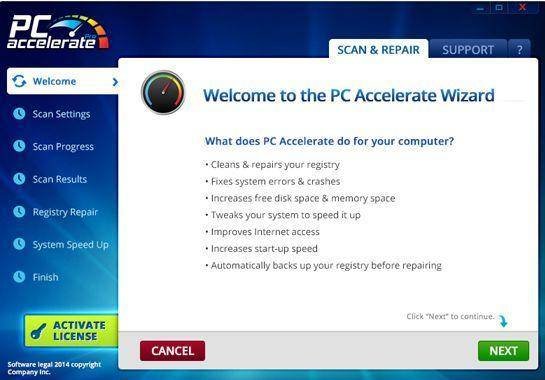
RClientPCSpeedupCheck Is Flagged As A Potentially Unwanted Program (PUP) Due To Its Utilization Of Deliberate False Positives To Coerce Users Into Purchasing Its Premium Version. Marketed As A PC Optimization Tool Promising Enhanced System Performance, RClientPCSpeedupCheck Conducts Scans For Various Issues Such As Invalid System Entries, Startup Entries, DLLs, And Broken Links.
However, Upon Attempting To Resolve These Purported Issues, RClientPCSpeedupCheck Prompts Users To Acquire The Full Version Before Allowing Any Fixes.
Users May Inadvertently Install RClientPCSpeedupCheck, Often Through Advertisements Or Bundled With Other Software, Leading To Confusion Regarding Its Origin. Some Free Downloads Fail To Disclose The Installation Of Additional Software Adequately, Potentially Resulting In The Unwitting Installation Of RClientPCSpeedupCheck.
Vigilance During Software Installation Is Crucial, As Installers May Include Optional Software. Opting For Custom Installation Allows Users To Deselect Unfamiliar Or Unwanted Software, Particularly Optional Programs They Never Intended To Install. It's Imperative To Avoid Installing Software From Untrustworthy Sources.
To Remove RClientPCSpeedupCheck And Scan For Other Potentially Malicious Programs On Your Computer, Refer To The Free Malware Removal Guide Provided Below. Taking Proactive Measures To Secure Your System Is Essential For Maintaining Its Integrity And Safeguarding Your Data.
Removing Malware From A Windows Computer Involves A Combination Of Using Antivirus Or Anti-malware Tools, Performing System Scans, And Taking Manual Actions To Eliminate The Malicious Software. Here's A Step-by-step Guide:
Ctrl + Shift + Esc To Open Task Manager.Win + R To Open The Run Dialog, Type cleanmgr, And Press Enter.Remember To Maintain Good Security Practices, Such As Keeping Your Operating System And Software Up-to-date, Using A Reputable Antivirus Program, And Being Cautious When Clicking On Links Or Downloading Files From The Internet. Regularly Backing Up Your Important Data Is Also Crucial To Mitigate The Impact Of Potential Infections.
If You Have Malwarebytes Installed On Your Computer And It Has Detected Malware, Follow These Steps To Remove The Malware:
Open Malwarebytes:
Update Malwarebytes:
Run A Threat Scan:
Review Scan Results:
Quarantine Or Remove Threats:
Reboot Your Computer:
Check For Persistence:
Monitor For Issues:
Clear Browser Data:
Reset Browser Settings:
Review Installed Programs:
Change Passwords:
Update Operating System:
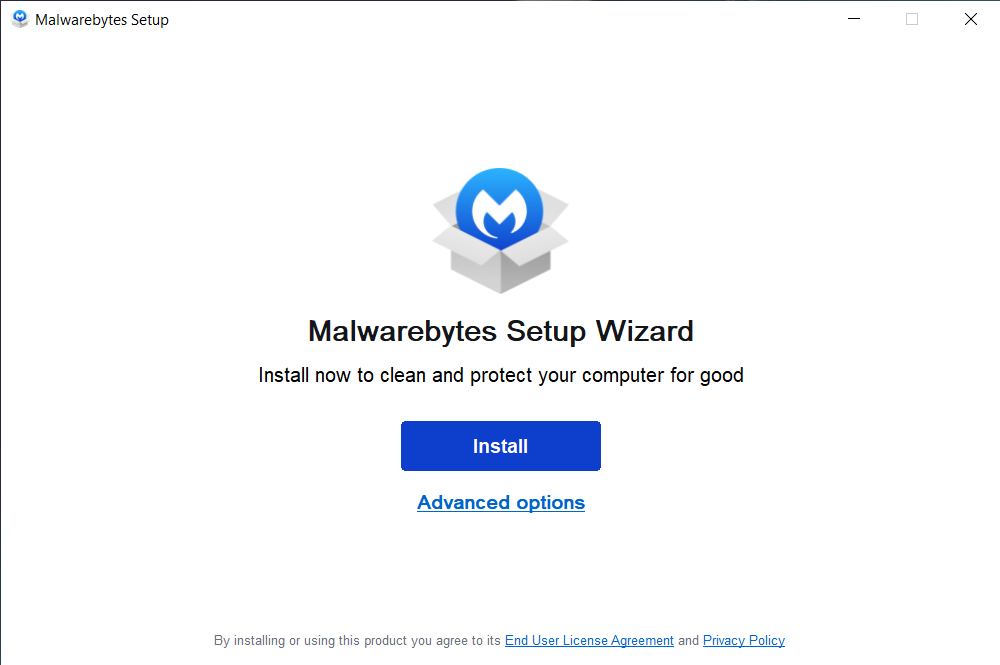
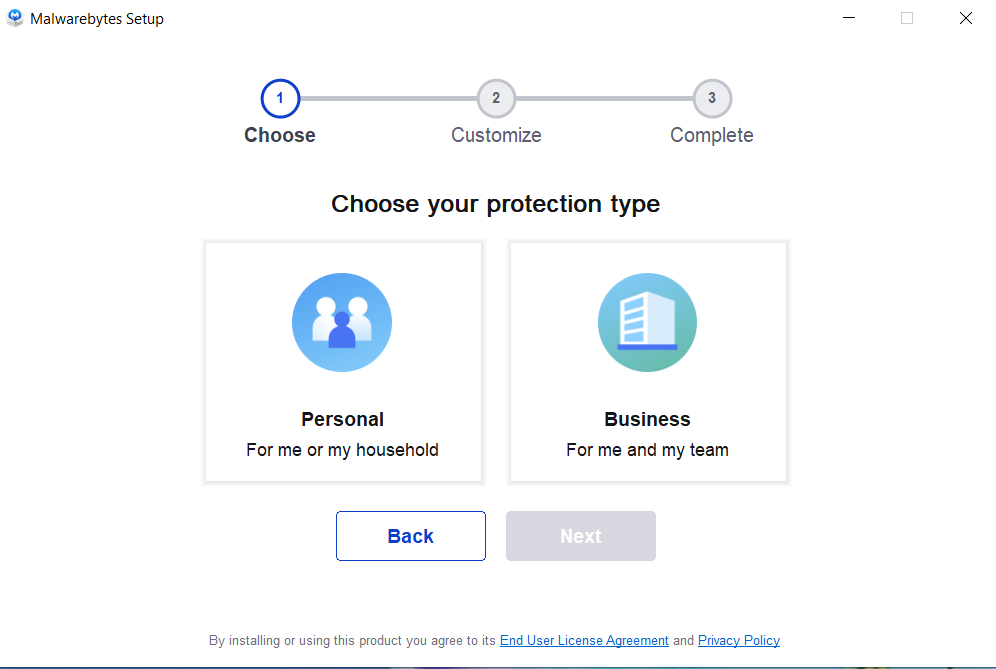
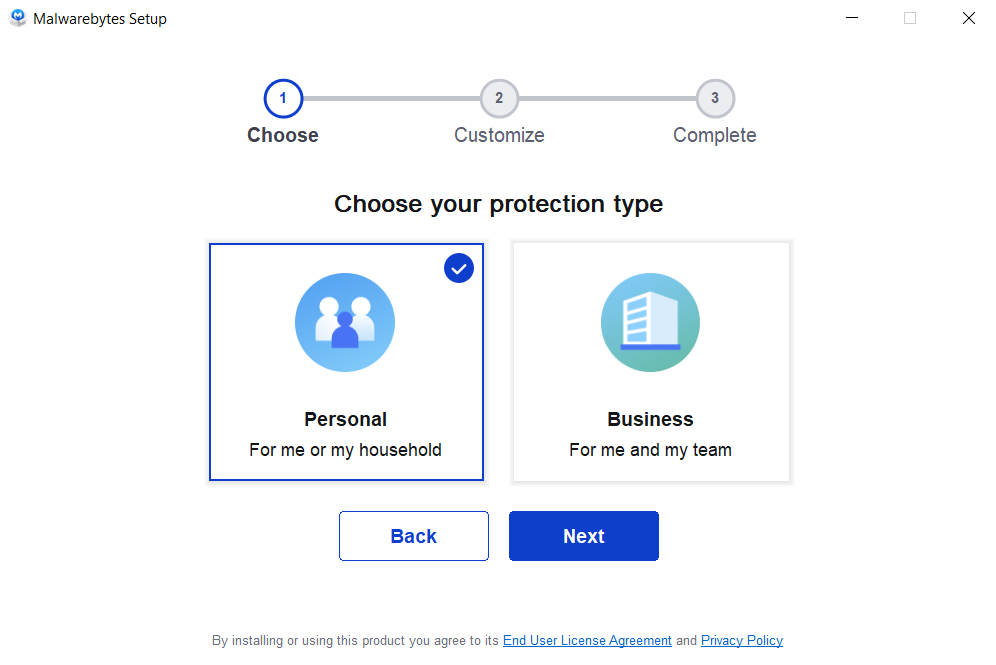
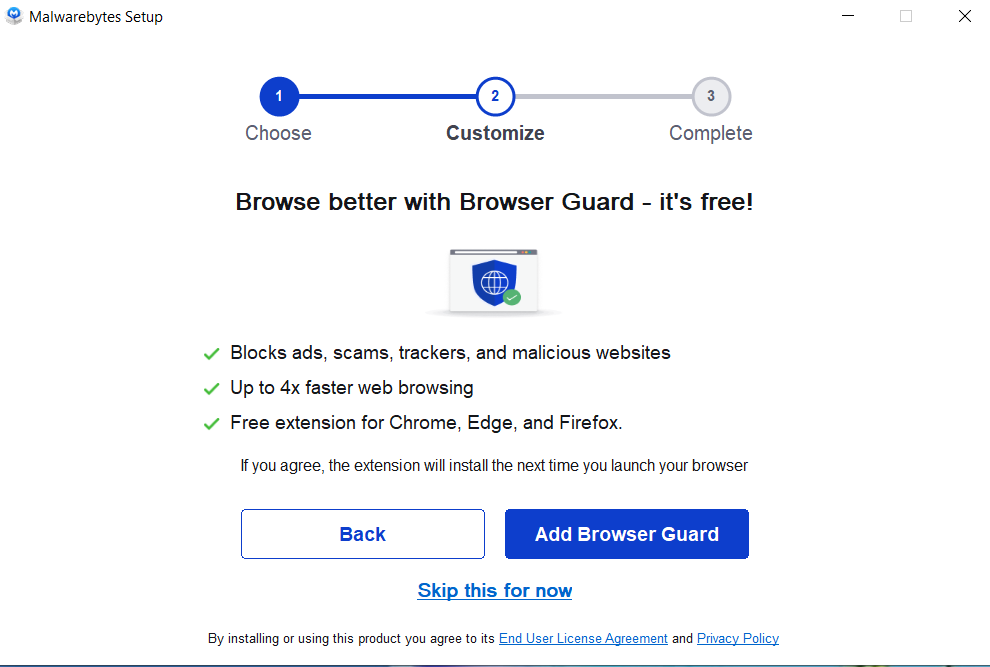
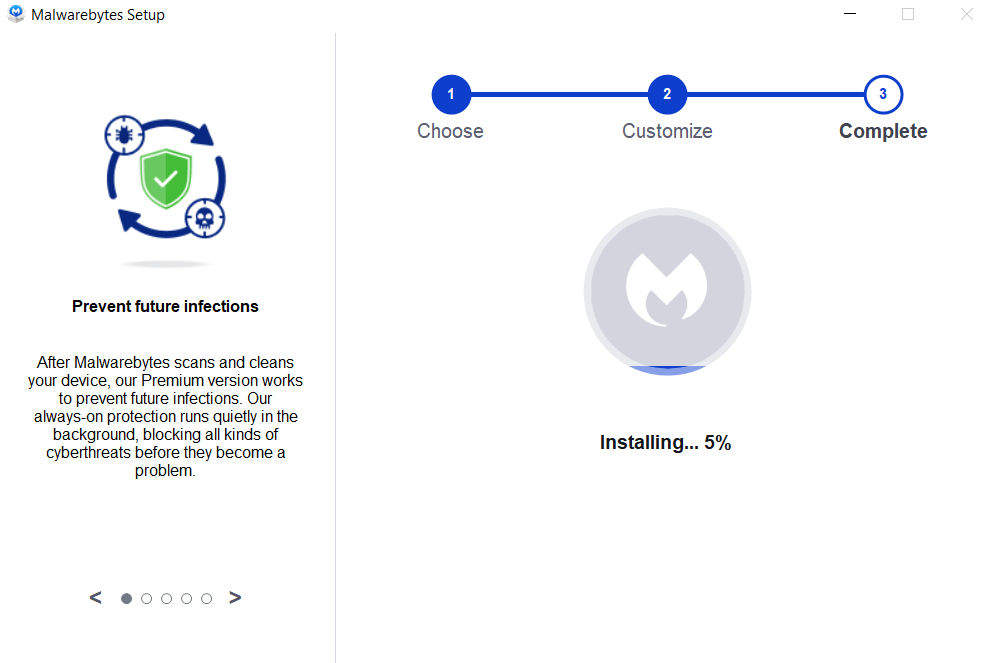
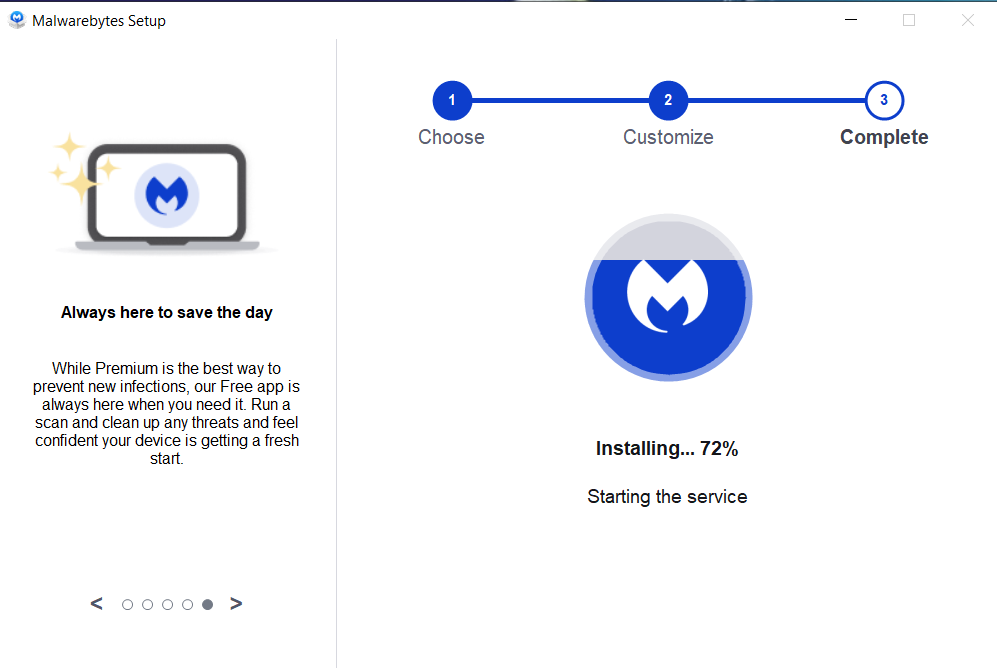
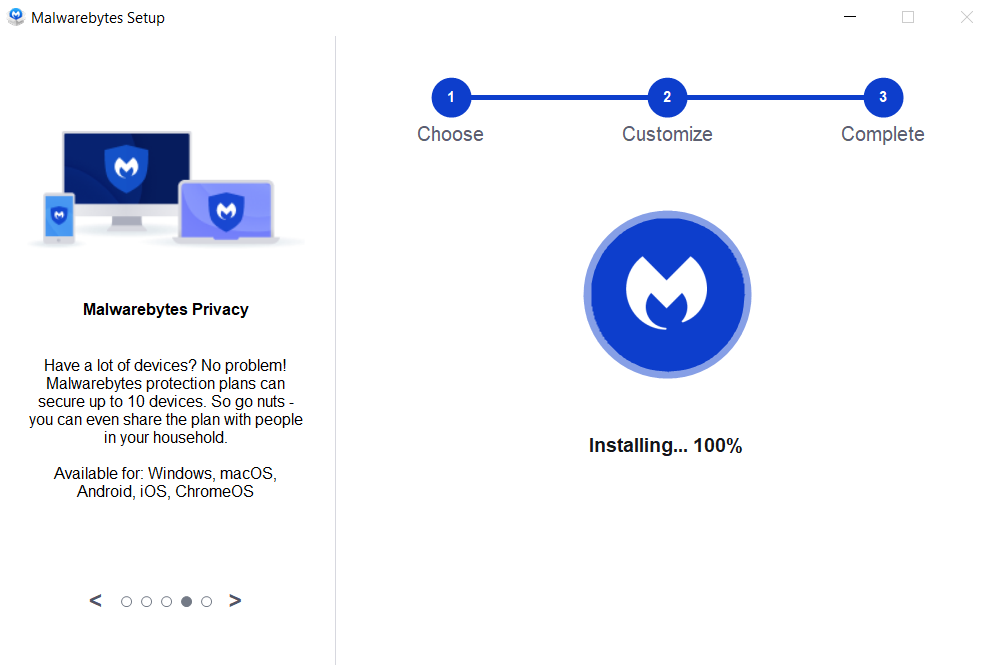
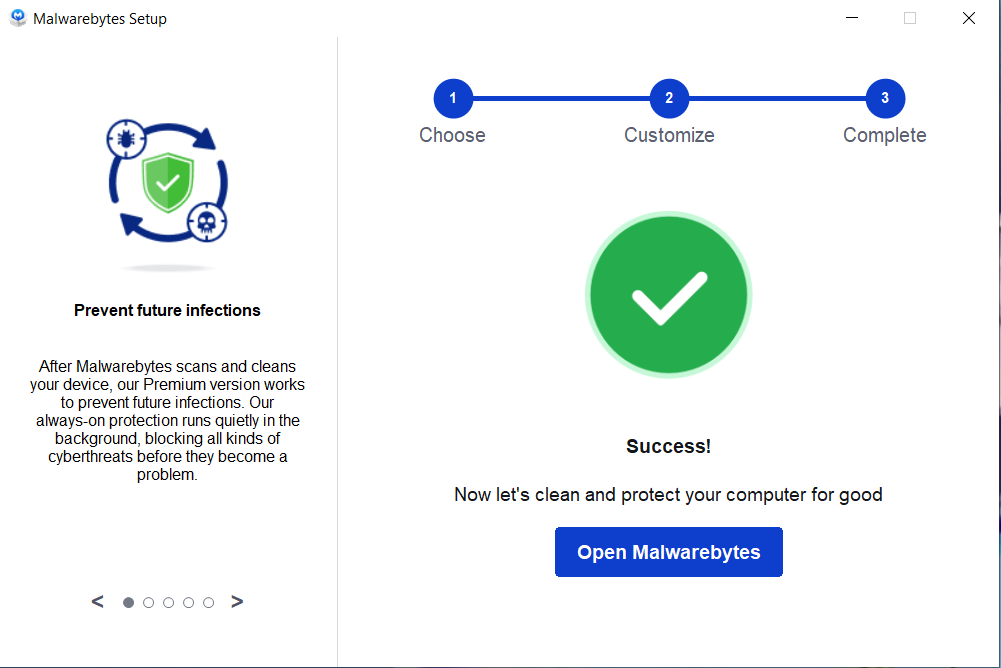
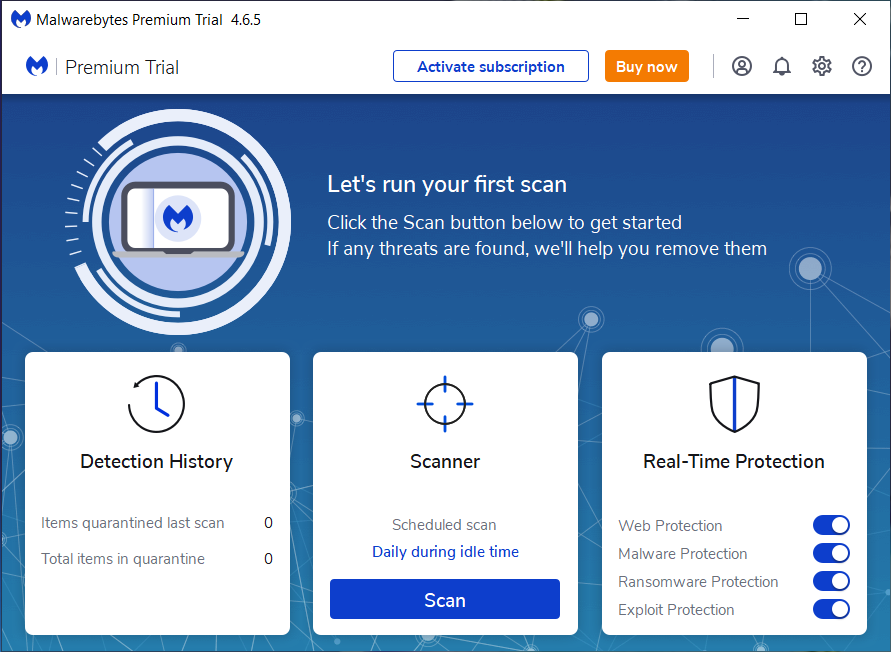
If The Malware Persists Or If You Encounter Difficulties During The Removal Process, You May Want To Seek Assistance From The Malwarebytes Support Community Or Consider Running Additional Scans Using Other Reputable Antivirus Or Anti-malware Tools. Remember To Keep Your Security Software Updated And Practice Safe Computing Habits To Minimize The Risk Of Future Infections.
Malwarebytes Is A Leading Cybersecurity Solution Dedicated To Protecting Users From The Ever-evolving Landscape Of Digital Threats. With A Proven Track Record In Malware Detection And Removal, Malwarebytes Offers Cutting-edge Technology To Safeguard Computers And Devices Against Viruses, Ransomware, And Other Malicious Software.
Boasting A User-friendly Interface, Malwarebytes Provides A Seamless Experience For Both Novice And Advanced Users. Its Real-time Protection Capabilities, Coupled With Powerful Scanning Algorithms, Ensure That Users Are Shielded From The Latest Cybersecurity Threats. Malwarebytes Continually Updates Its Extensive Malware Database, Enabling Users To Stay Ahead Of Emerging Risks And Vulnerabilities.
Beyond malware Detection, Malwarebytes Offers Additional Features Such As Web Protection And Anti-exploit Technology, Fortifying Defenses Against Malicious Websites And Zero-day Exploits. The Software's Lightweight Footprint Ensures Minimal Impact On System Performance, Delivering Robust Security Without Compromising Speed.
Whether Used As A Standalone Solution Or In Conjunction With Other Cybersecurity Tools, Malwarebytes Remains A Trusted Ally In The Battle Against Cyber Threats. As A Proactive And Responsive Cybersecurity Partner, Malwarebytes Empowers Users To Navigate The Digital World With Confidence, Knowing That Their Data And Devices Are Safeguarded Against The Latest And Most Sophisticated Threats.
RClientPCSpeedupCheck, Remove RClientPCSpeedupCheck, RClientPCSpeedupCheck Removal, Uninstall RClientPCSpeedupCheck| Links1 | Links2 | Links3 | Products | Social Links |
|---|---|---|---|---|
| Home | Blog | Sitemap | Email Checker Tool | |
| About | CSI Links | ISRO Project Code: AA0802 | Offers | |
| Disclaimer | Gallery | Contact Us | Antivirus | |
| Privacy Policy | Software Downloads |